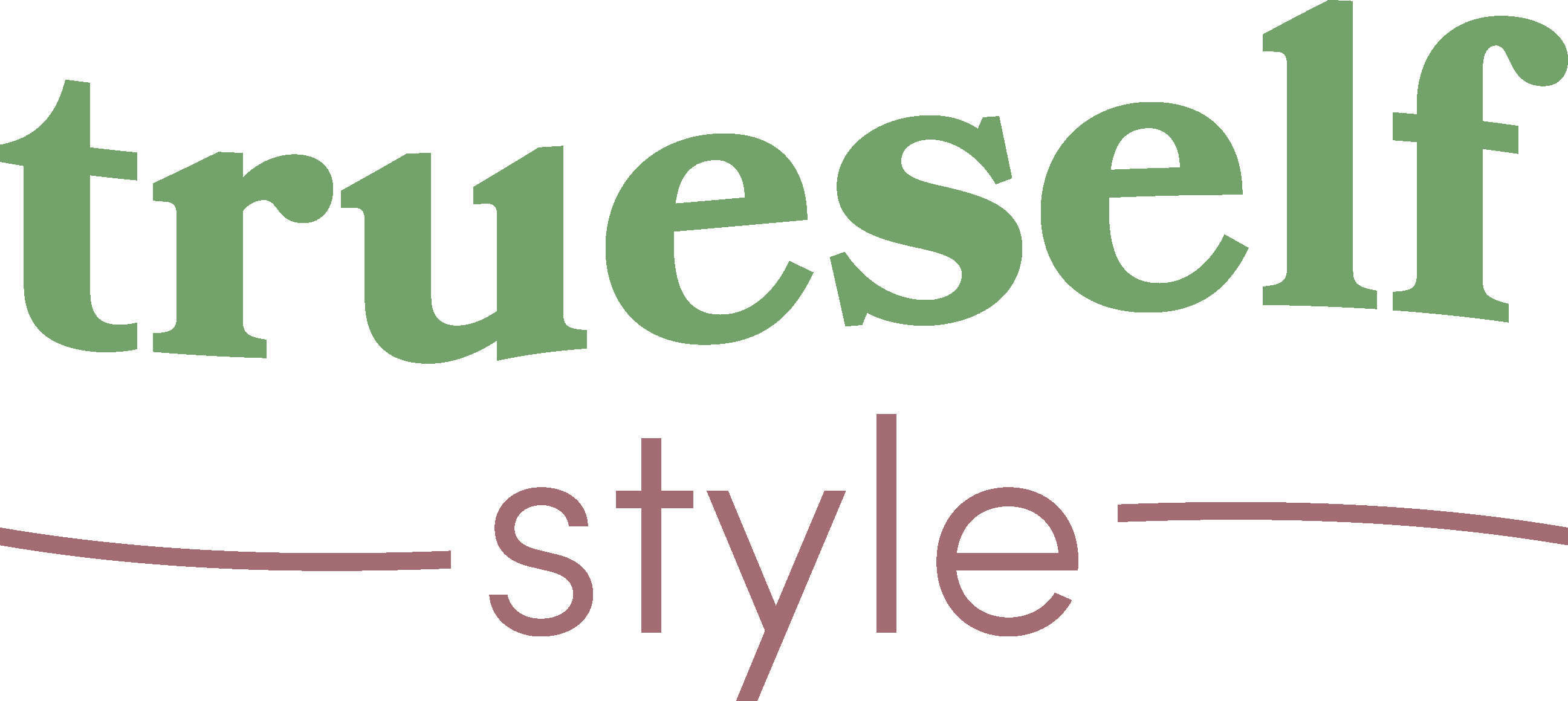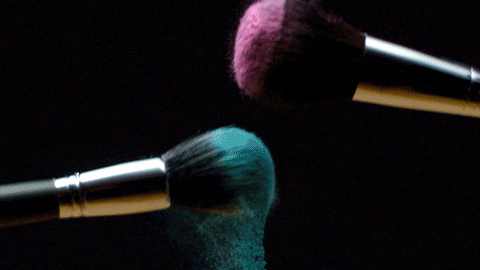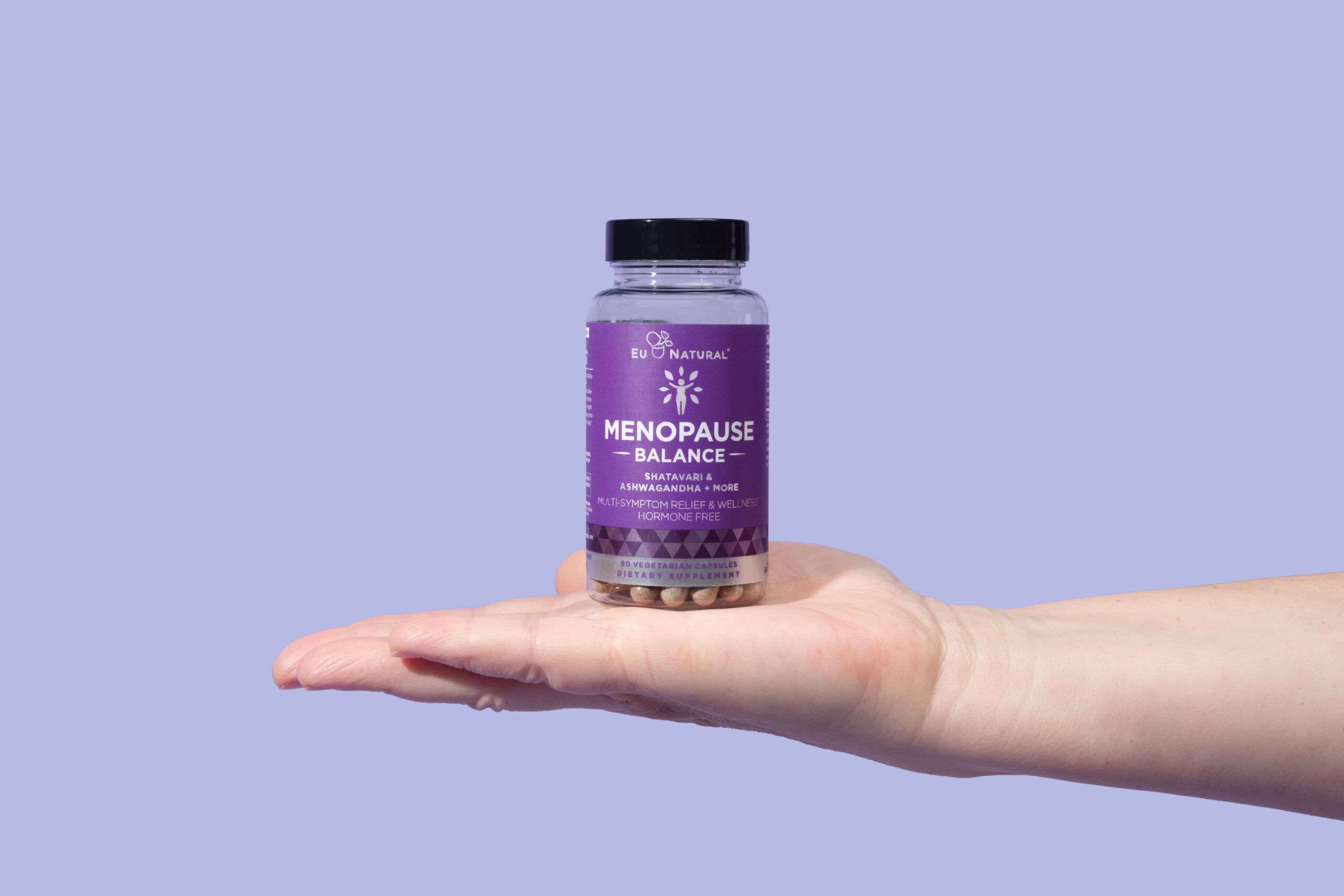If you’ve ever fallen down a YouTube rabbit hole and attempted a make-up tutorial that’s beyond your skill level, then you’ve witnessed the kind of crime scene your make-up brushes can turn into. All of your blenders and taperers and buffers and shapers (what? I’m still learning all the unnecessary types of make-up brushes, so bear with me) look like someone just slaughtered a herd of unicorns.
Alternatively, you may be the utmost minimalist when it comes to applying your daily war paint, but unless you clean your brushes at least once every two weeks, the chances are that your face is filthy with bacteria, dead skin cells, and stale oxidized product. Actually, the almighty demigods known as dermatologists recommend that you clean your make-up brushes every 7 to 10 days, but that particularly applies to the ones you use the most often, like for foundation and concealer. The ones you use around your eyes, so say the dermatologists, should be cleaned at least twice a month. Mininally, every brush should be cleaned at least once a month.
Moreover, did you realize that “cleaning” your brushes is not the same as “disinfecting” your brushes? Cleaning may remove the product and dead skin cells, sure, but you also want to remove built-up bacteria by disinfecting them. Another fun fact is that “natural” brushes, while softer and fancy enough to make you feel like Marie Antoinette pre-1789, are more prone to attracting bacteria. Synthetic brushes, on the other hand, are easier to disinfect and they dry more quickly, because they don’t have the hair cuticle that natural brushes have. They’re also vegan and hypoallergenic; so consider that the next time you’re considering giving Sephora half your paycheck for a bunch of dead hair.
While you’re inwardly trying to lie to yourself that your face is the glittery, glossy exception to the empirical fact that we are all covered in bacteria at all times, here are simple and effective DIY ways to cleanse and disinfect your make-up brushes.
1. Rubbing Alcohol
Alcohol is your friend. For synthetic brushes, you can use a simple mix of one part water to one part alcohol and add a dash of dish soap or shampoo. In fact, many professional make-up artists clean their brushes with natural or organic shampoo. It keeps the integrity of the brush intact, and it doesn’t introduce any harmful cleansing agents to your skin when you go to use them. Swirl the brush in the solution, rinse thoroughly in warm water, reshape, and leave it to dry. For a quick, daily disinfectant, you can spray a tissue with rubbing alcohol and gently wipe your just-used brushes.
2. Apple Cider Vinegar
For a deeper cleanse, you can leave your brushes to soak in a concoction of 1 tablespoon apple cider vinegar, a half-teaspoon of liquid dishwashing detergent, and one cup of warm water. After soaking, rinse well with cool water and set aside to dry. As a tip, my mother swears by Dawn dish soap, mostly because of its downright spooky ability to clean grease off of porous surfaces. So I only use dawn. Professional make-up artist Beau Nelsonalso uses Dawn, because it cuts through cosmetics’ oils and silicones, so point to my mother.
3. Olive Oil
As it turns out, olive oil can be mixed with, what else, Dawn soap to create an easy, DIY antibacterial cleanser that also conditions your brushes.
4. Coconut Oil
I hate to admit this, because the gods of the Internet decided around 2011 that coconut oil is the cure to everything, but if bought in a pure, raw, and unrefined form it really does hold anti-bacterial properties. Moreover, it effectively breaks down the dirt and oil on your natural brushes, which makes it just as effective (if not more so) on your synthetic brushes. Mix one tablespoon of raw, unrefined coconut oil and one tablespoon of baby shampoo with enough water to form a paste, and you can lather the weirdly edible-smelling mixture over your brushes for a disinfecting bath. Be sure to rinse with water that’s warm enough to dissolve all the oil, and you have very clean and nicely scented brushes.
5. Castile Soap
If you happen to use Dr. Bonner’s Pure Castile Liquid Soap, then you’re pretty foolish if you waste money on an expensive brush cleanser. If you just mix one part coconut oil with one part castile soap (sadly replacing the Dawn), then you have a powerful disinfectant as well as cleansing agent.
Tip: Avoid peppermint scented soaps because, yes, it will burn when you next use the brush to apply make-up near your eyes.
6. Shampoo
If you’re in a bind, you can follow many make-up pros’ example and shampoo your make-up brushes like they’re soft baby heads. That sounds creepy, and, accordingly, the method has its flaws. Namely, you won’t be moisturizing your brushes, so perhaps you’ll want to soak them in almond oil or coconut oil afterwards (again, make sure to rinse with very hot water so you dissolve all the oil, unless you want to become a very streaky Tin Man upon your first clean application). But you can use a baby shampoo or gentle shampoo to give your brushes a quick cleanse with soft strokes to remove any residue and making sure to air them out thoroughly when you’re done.
At any time, you could always add a quick spray of DIY disinfectant, made from combining about 5 ounces of 70% rubbing alcohol with about 2 ounces of water.










